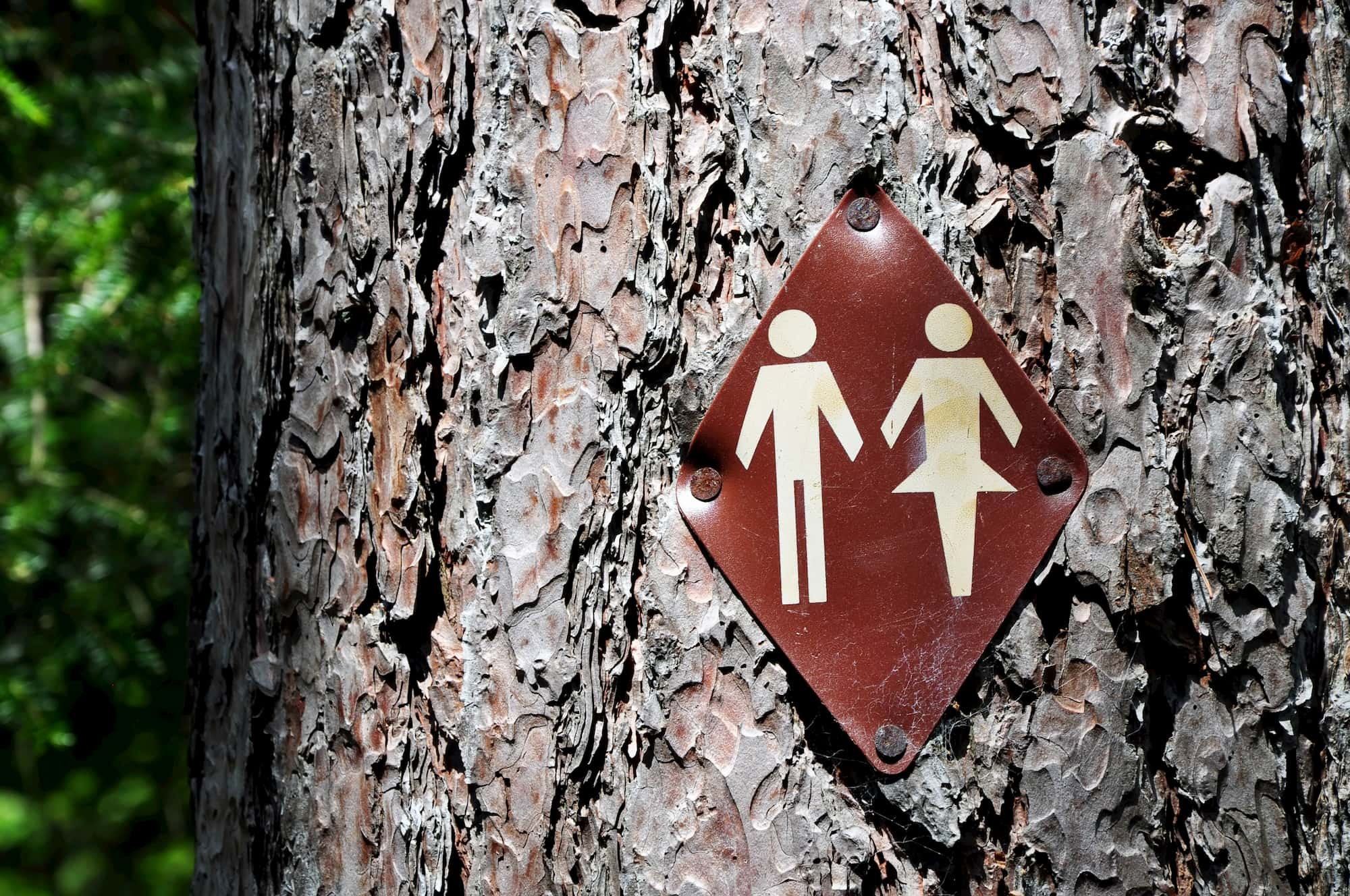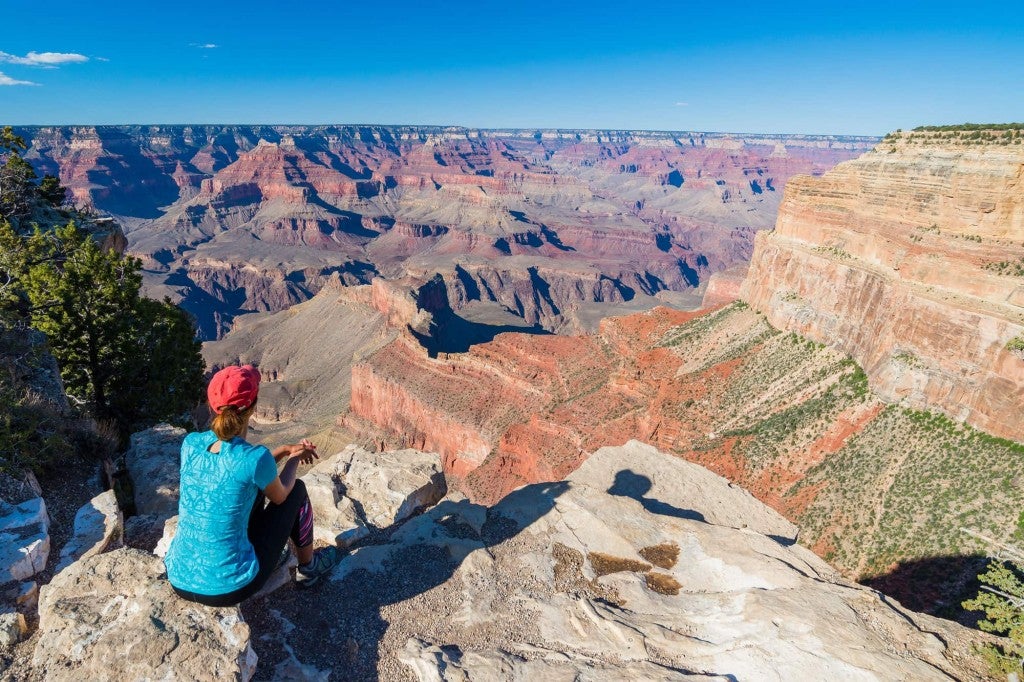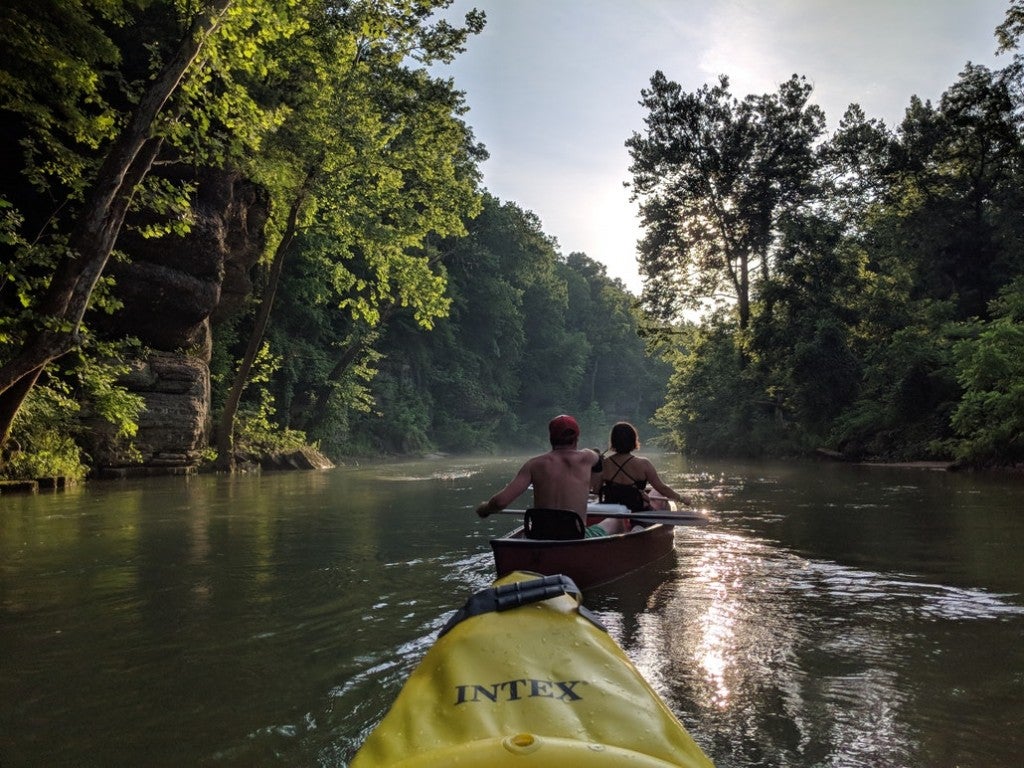Hiking, biking, climbing, or camping in the backcountry all provide the incredible experience of having the world to yourself, with views, wildlife and a sense of added adventure. Along with this enticing perk, however, comes a significant list of other complications—like how to answer nature’s call when you are way, way out in nature itself.
Your Guide to Answering Nature’s Call in the Backcountry
Whether you travel through alpine, desert, plains, or along the rivers, there are specific ways to lessen your impact, and the proper way to manage human waste in each of these unique places is slightly different.
We’ve put together this guide based on Leave No Trace recommendations and insight from local land-management agencies on how to dispose of human waste in a variety of environments.
Forested Area Camping
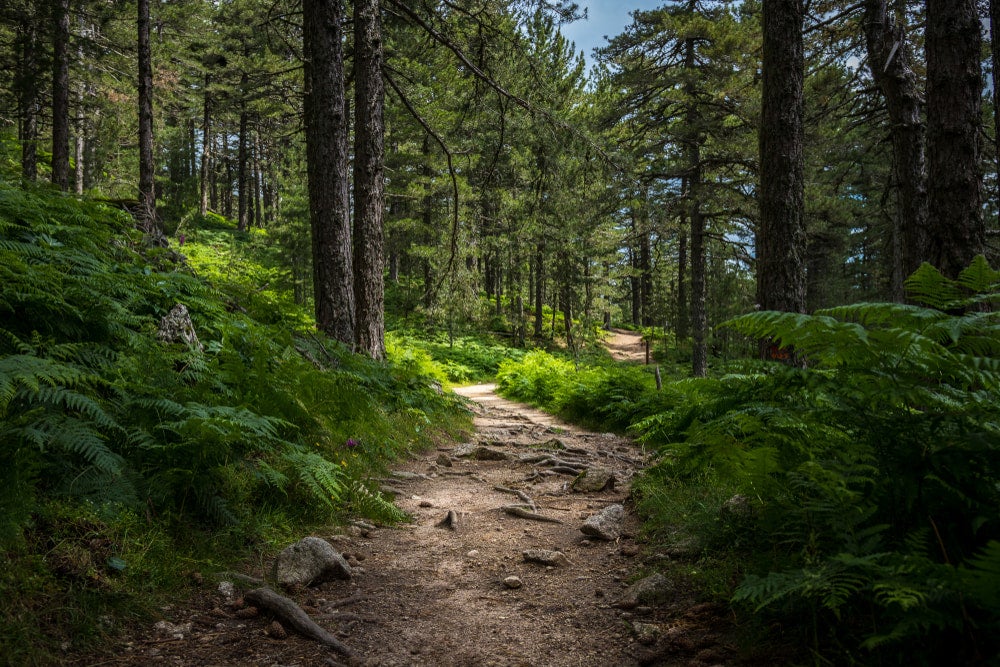
A forested environment is any place where the tree canopy is relatively continuous. Conifers and deciduous trees make up a large part of the flora, while shrubs and bushes thrive closer to the ground.
Where to Pee in a Forested Area
Never pee on a trail. If possible, walk at least fifty feet from the trail and attempt to urinate on organic matter soil or rocks, not on foliage and plants. Urine does not immediately destroy them, as some myths persist, but it does make animal foragers more likely to tear up plants if they are attracted by salts in the urine.
Where to Poop in a Forested Area
Catholes are the name of the game when pooping in the woods. Dig your hole at least 200 feet from any water source. The ideal cathole is in an inconspicuous place, at least six inches deep, in dark organic-matter soil. Organic soil contains microorganisms which speed decomposition.
After the deed is done, pack out any used toilet paper. Better yet, use naturally-occurring toilet paper like soft conifer needles, snow, a smooth rock, or wide-leafed plant. Never burn toilet paper, as campfires don’t reach temperatures high enough to fully consume fecal matter.
If using natural toilet paper, check for bugs and know how to identify plants like poison ivy and stinging nettles. Disperse catholes widely when traveling with a group—don’t all poop in one area unless you are using a latrine.
Latrines take much longer to decompose, making individual catholes better for the environment.
Alpine Camping
Camping and traveling above the treeline exposes you to many additional risks related to weather and altitude. These high-altitude environments can also be especially challenging for anyone who finds themselves a little, ahem, shy. Privacy is limited without any natural cover besides the occasional boulder—but at least you’ll be treated to a stunning view while relieving yourself. For ladies looking for more privacy, try tying a jacket around your waist when you need to squat, or using a device like the Tinkle Belle or SheWee.
Where to Pee in an Alpine Environment
Depending on whether you are traveling through tundra or scree (loose rocks), this can look a little different. You definitely want to be at least fifty feet from the trail in either case. If you are traveling across the low mosses known as tundra, find a spot where you can pee on a rock or another durable surface. Tundra is sensitive and grows slowly, so any added disturbance from an animal looking for the salt in your urine can set it back quite a bit.
On a scree field, pee anywhere that is stable and safe, and sufficient distance from the trail. Rough terrain with significant exposure can make it difficult to squat safely. Gentlemen, please be aware of switchbacked trails below you, and aim with caution.
Where to Poop in an Alpine Environment
Always pack it out when traveling through an alpine environment. High alpine trails often concentrate users and do not have sufficient soil bacteria to effectively decompose fecal matter. Plan ahead for this part of the hike, and bring a small wag bag or other portable toilet system in case of emergencies.
Desert Camping
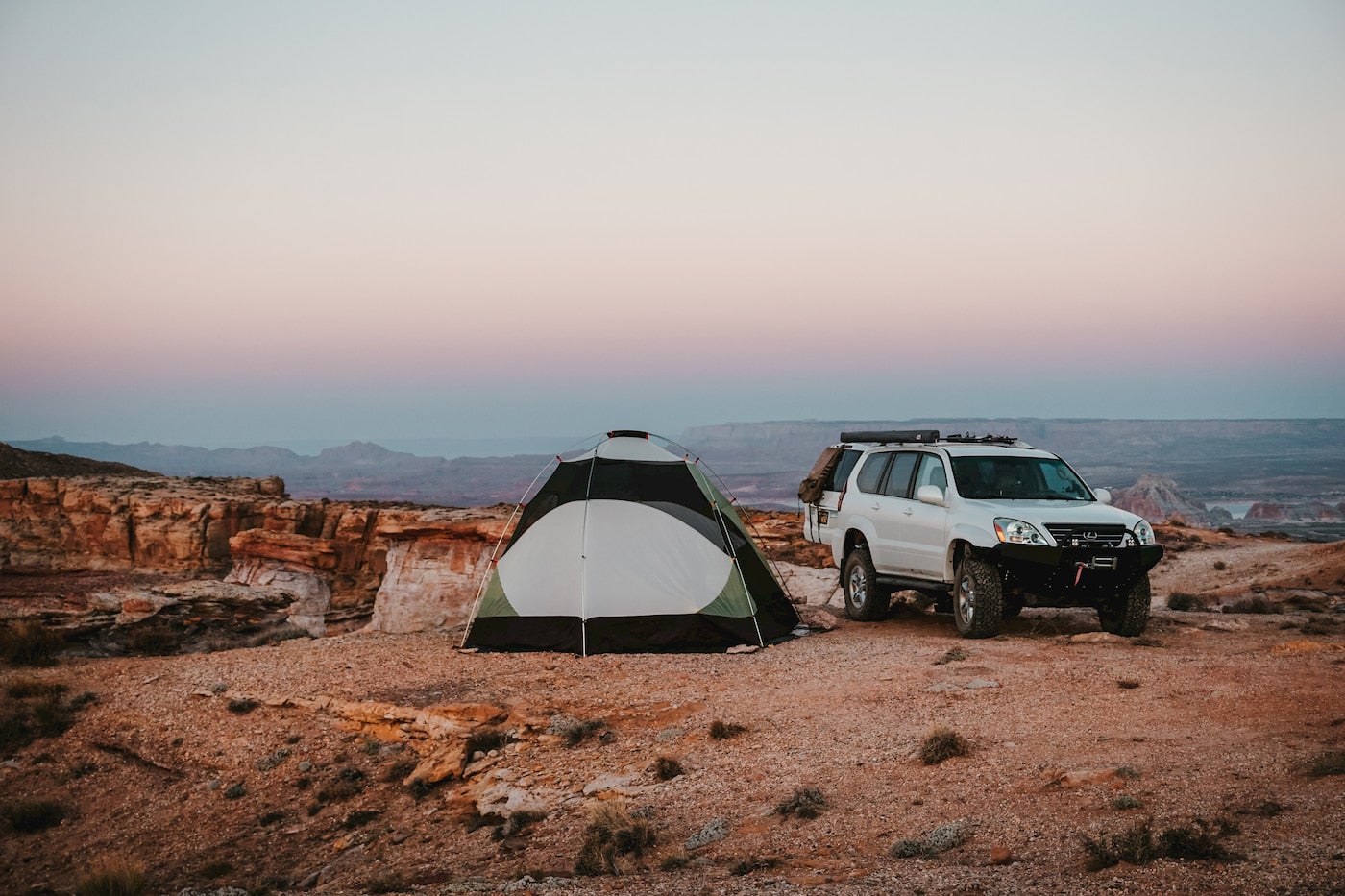
The organic content of soil in the desert is lower, so your poop strategy changes in arid environments.
Where to Pee in the Desert
Peeing on a rock is the best way to disperse the salts and chemicals in your urine when there is little in the soil to help with decomposition. Animals may actually come to lick the salt after the water evaporates (ew?), but they can’t hurt rocks. Do not pee on plants when camping in the desert, and be extremely careful to avoid cryptobiotic soils, which are actually complex living organisms and can be over 100 years old.
Where to Poop in the Desert
Again, because of the inorganic nature of sand and soil in arid, hot places, proper pop-a-squat procedures are different. Organisms don’t offer much help with decomposing your solid waste, so heat plays a bigger role. With this in mind, pack out that poop.
Pack out all toilet paper in a Ziploc baggie or a wag bag. I do not personally recommend using any natural toilet paper, because nearly everything in the desert has spikes and thorns.
Riparian Camping
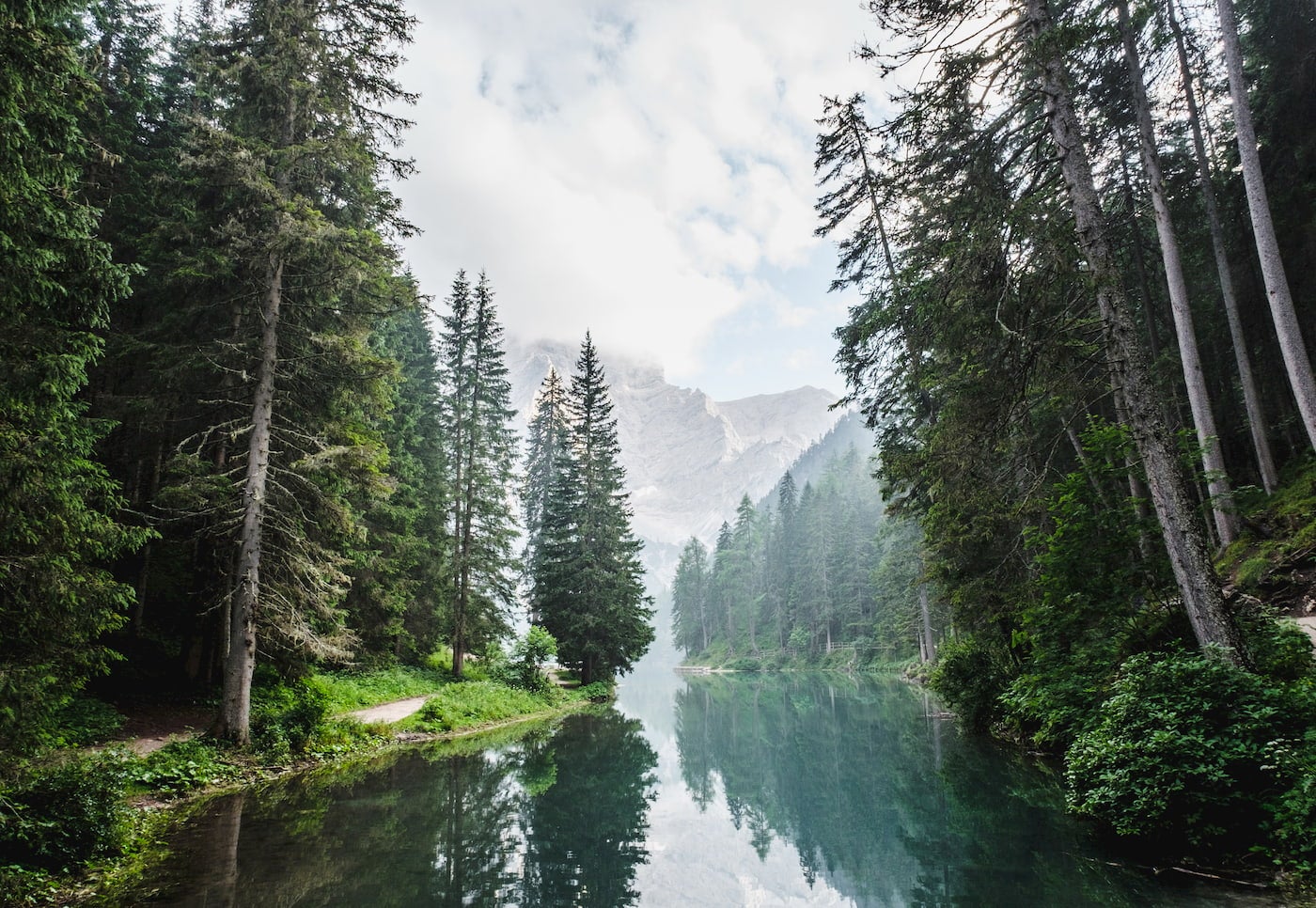
Riparian locations are areas of land near bodies of water, and special care should be taken when camping near water. Anywhere less than 200 feet from a water source—lake, stream, marshland, river, or reservoir—is not a good place to go, and camping that close to a water source goes against LNT practices. Human waste can leach through the soil to contaminate water sources with bugs like hepatitis, giardia, blue baby syndrome, and other pathogens and bacteria.
Where to Pee in a Riparian Area
If you have to pee, always move at least 200 ft away from the water. The only exception to this is for river runners in narrow canyons in the arid, and semi-arid west. In places where rain is scarce and popular river stretch campsites are used almost every night, urine needs to go in the river. This is only acceptable when the water is flowing at a volume sufficient enough to dilute it, several hundred cfs at least. Check with local land managers if you have any questions about this practice.
Where to Poop in a Riparian Area
As mentioned, this should be avoided. Carry a wag bag and pack out any poop that can’t wait. For example, if you are traveling through the Grand Canyon on the Colorado River, where your camping will be limited to the corridor, or through wetlands, swamps, or stream meadows, you need to pack out your solid waste—no ifs, ands, or…you get the picture.
Plains Camping
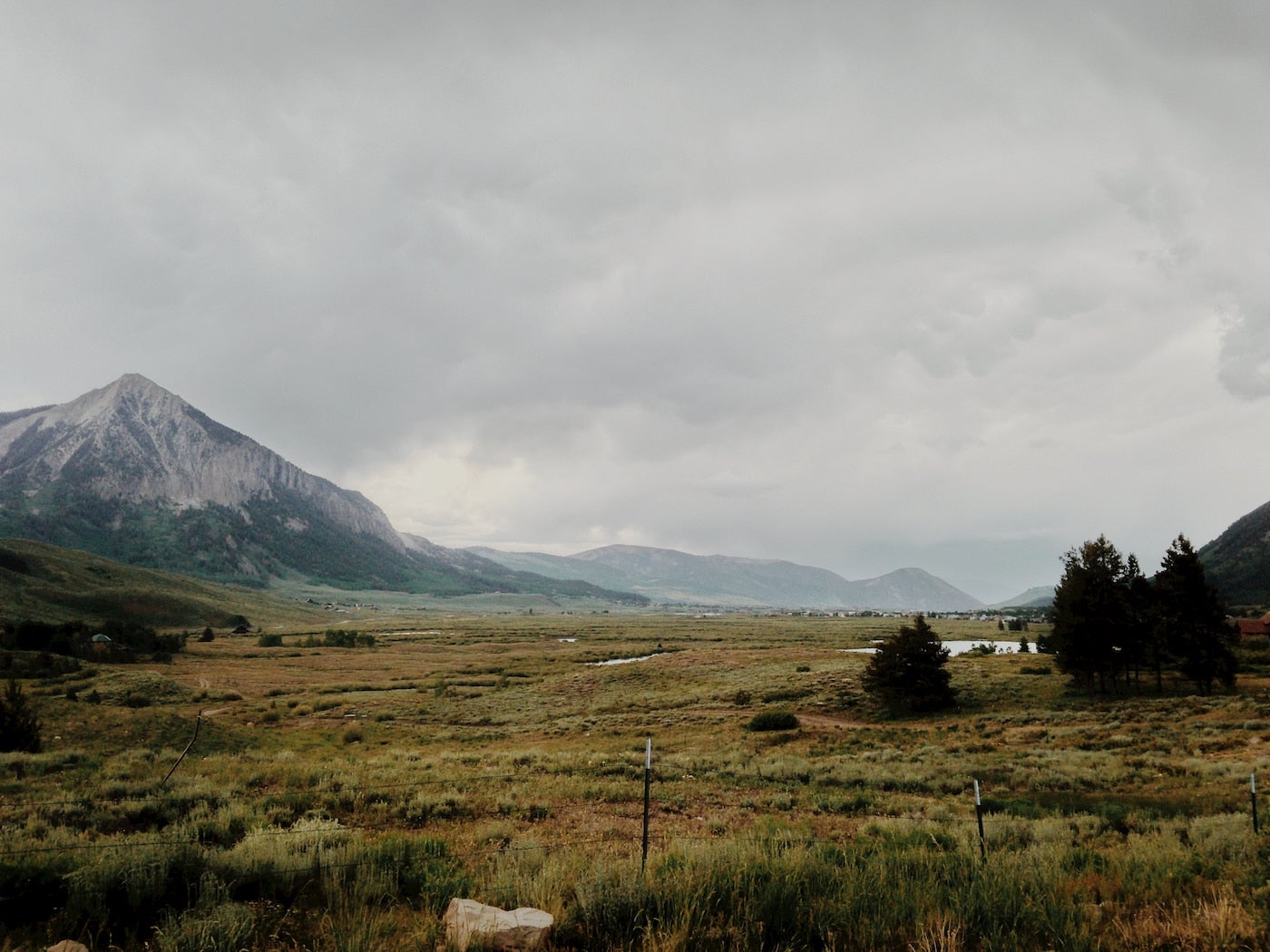
Plains include grasslands and prairie, like the Great Plains, which spans parts of ten states east of the Rocky Mountains. Plains are considered any open area with loose soil, low flora and few trees.
Where to Pee in the Plains
Move off the trail to pee by traveling only on durable surfaces like rocks or gravel. This is extremely important as footsteps compact the earth. Both grasses and tundra (low, mossy growth which occurs at high altitude) only thrive in loose soil. Try to go only on dried/dead vegetation or on rocks, mostly because it lessens the chance that animals will tear up the plants to get at the salt you leave behind.
Where to Poop in the Plains
Catholes in open spaces provide the unique challenge of having zero privacy. If you can get back undercover in an alpine area, that is best. If not, dig a cathole, pack out your TP, loosely cover it with soil, and try to make the area look as natural as possible. Again, never drop one closer than 200 feet to a water source.
High-Use Zones
Because of America’s growing obsession with backcountry activities, even very primitive areas can see a constant flow of visitors.
If the exact campsite you are using will likely be used again the next day, pack out all solid waste. Follow the above recommendations for dealing with urine, depending on where you find yourself.
This situation often occurs along popular river canyons, as well as well known desert environments near Moab and Zion.
Kids Poop in the Backcountry, Too!
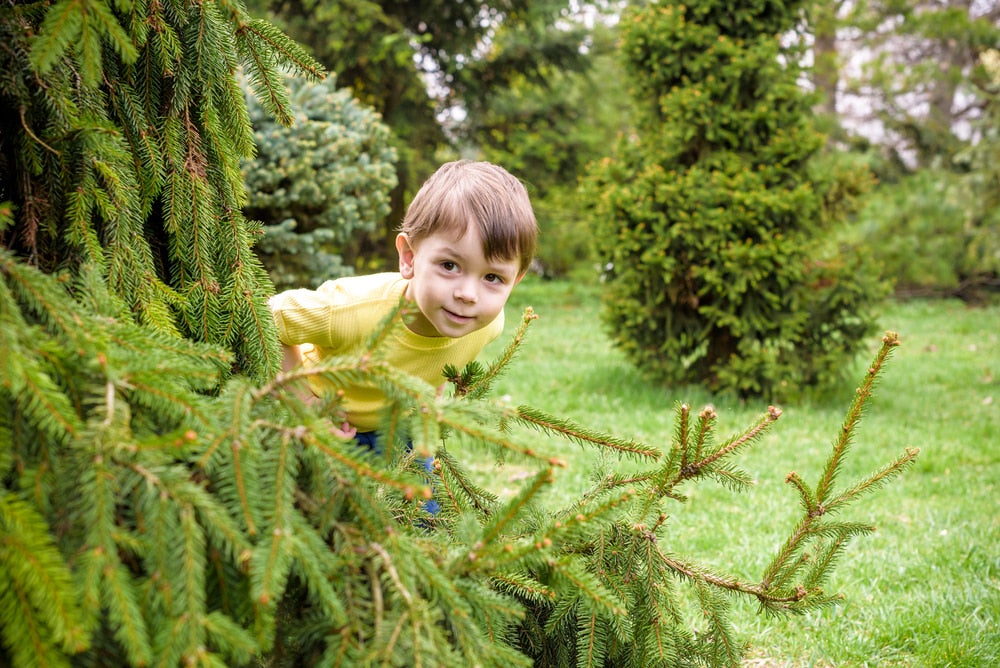
Bringing kids into the backcountry is a great idea! It instills a love of wild places and trains the next generation on how to respect and value their public lands. With this in mind, treat your first excursion as a time for gentle but direct instruction. Kids will quickly learn how to take care of themselves and the environment with some modeling from you, the parent or leader.
Going Number 1
Outdoorsy children are known for dropping trou whenever and wherever they feel the urge. It is also easy to get distracted by all the amazing things around them and have an accident. Encourage kids to ‘be loud’ when they have to pee, and get rid of all the shame and primness surrounding this act in more civilized areas. This will help them speak up when they need to go, so that they can do the deed in a way that’s good for them and the place you are visiting.
Going Number 2
Start them young on backcountry pooping procedures. By age three, all of my kids knew how to use a ‘groover’ on river trips (an eco-toilet in an ammo can) and would happily shout that they were going to use it. Everybody goes, so show them that you can just be honest about it.
If you are camping in an alpine environment with kids, or in another situation where you would be digging a cathole for yourself, using a latrine becomes important. This means that someone designates a good spot, and digs a hole that is about 12 or 18 inches deep to serve as a communal cathole. This allows ‘emergencies’ to be taken care of without stress or mess. After each use, sprinkle earth over it to lessen the odor.
Related Campgrounds:
- Spanish Trail RV Park, Moab, UT
Popular Articles:
Articles on The Dyrt Magazine may contain links to affiliate websites. The Dyrt receives an affiliate commission for any purchases made by using such links at no additional cost to you the consumer.

